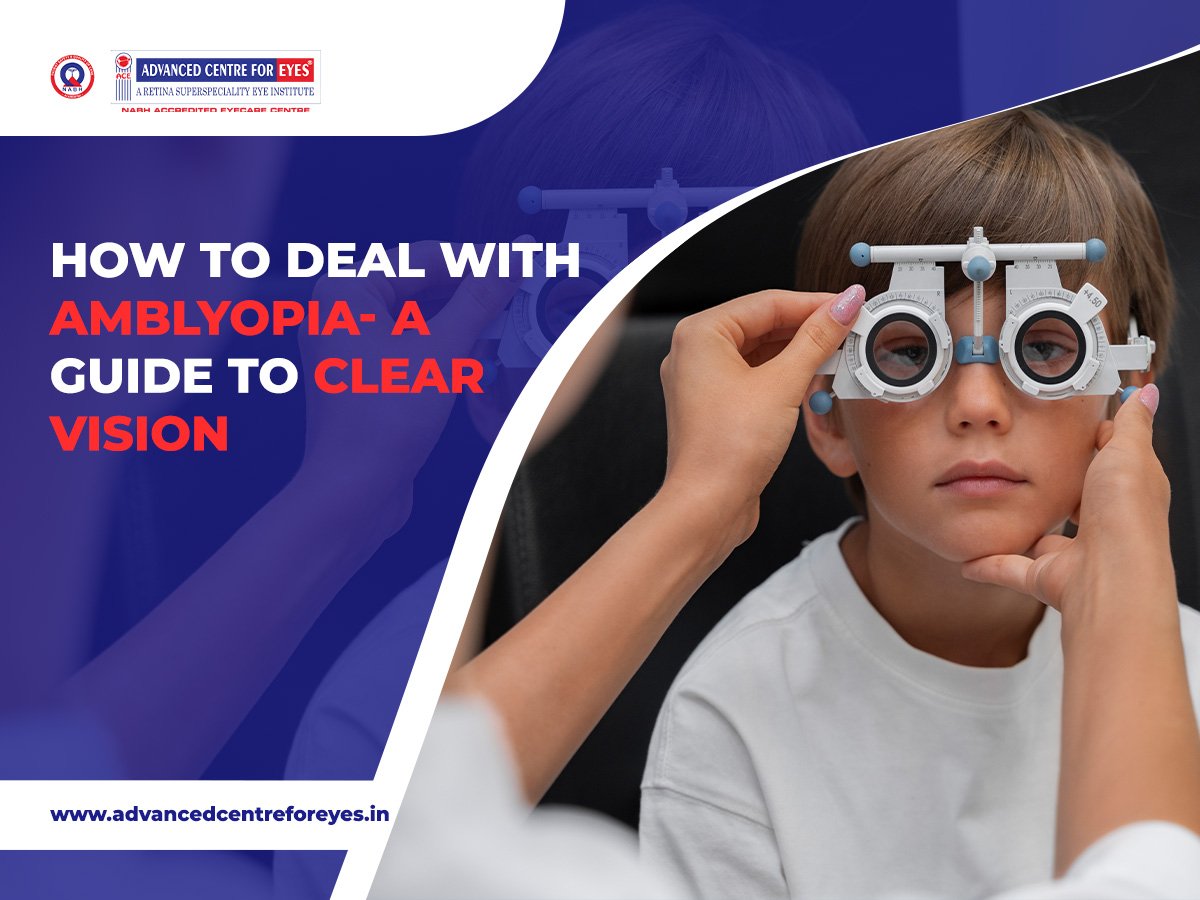Microincision Phacoemulslfication With Foldable IOLs (MICS-1.8 mm)
- Home
- Microincision Phacoemulsification With Foldable IOLs (MICS-1.8 mm)
Microincision Phacoemulslfication With Foldable IOLs (MICS-1.8 mm)
Cataracts, a common age-related condition, can significantly impact one’s vision. Fortunately, advancements in cataract surgery techniques have made the procedure safer and more effective than ever before. One such advancement is Microincision Phacoemulsification with Foldable Intraocular Lenses (IOLs), commonly known as MICS-1.8 mm. The advantages, disadvantages, and different types of MICS-1.8 mm, providing a comprehensive overview of this innovative technique.
Advantages of MICS-1.8 mm:
- Smaller Incisions: MICS-1.8 mm utilizes micro incisions of just 1.8 mm, significantly smaller than traditional cataract surgery incisions. The smaller incisions result in less trauma to the eye, faster healing, reduced postoperative discomfort, and a lower risk of astigmatism.
- Faster Recovery: Due to the reduced trauma associated with smaller incisions, patients who undergo MICS-1.8 mm experience faster recovery times compared to traditional surgery. This means less downtime and a quicker return to daily activities.
- Enhanced Visual Outcomes: MICS-1.8 mm employs foldable IOLs, which can be inserted through the microincision and unfold within the eye. This allows for precise positioning and optimal visual outcomes. Patients often experience improved refractive results, better contrast sensitivity, and enhanced colour perception, reducing the need for glasses or contact lenses post-surgery.
- Minimized Surgical Trauma: MICS-1.8 mm employs advanced phacoemulsification technology, which uses ultrasound energy to break up and remove the cataract-affected lens. This technique minimizes trauma to the surrounding tissues, resulting in a lower risk of complications such as corneal edema or endothelial cell loss.
- Expanded Patient Eligibility: The smaller incision size and advanced technology of MICS-1.8 mm have expanded the eligibility criteria for cataract surgery. Patients with coexisting ocular conditions, such as corneal astigmatism or shallow anterior chambers, can now benefit from this technique. Additionally, combined procedures, such as cataract removal and glaucoma treatment, can be performed simultaneously.
Types of MICS-1.8 mm:
- Monofocal IOLs: Monofocal IOLs provide clear vision at a fixed distance, typically far or intermediate. Patients may still require glasses for near vision tasks.
- Multifocal IOLs: Multifocal IOLs offer a range of focal points, allowing patients to have improved vision at different distances without relying heavily on glasses. However, some patients may experience halos or reduced contrast sensitivity.
- Toric IOLs: Toric IOLs are designed to correct astigmatism, providing improved visual acuity for patients with astigmatism-related vision problems.





